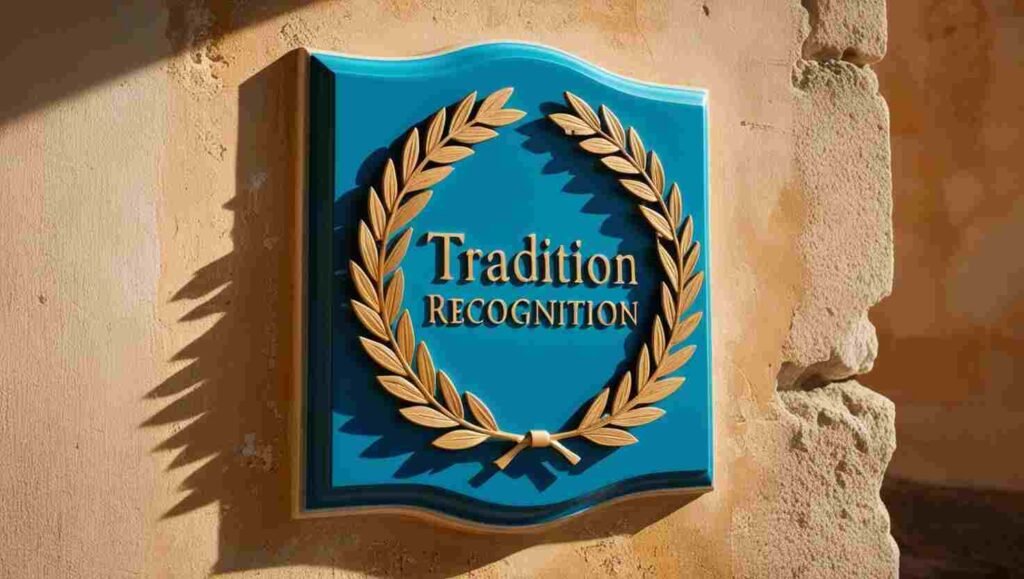Hello people!How did radar and microwave pioneers contribute to modern technology?
Amidst the hustle and bustle of the town center, a relatively simple structure is adorned with a very small but important blue plaque to remind the people about the personality from the scientific and technological sphere. It is not only a memorial to the person who has passed away; it speaks of an entire period that dramatically changed people’s lives, their communication, and even their ways of protection in the contemporary world. The recipient of this award is known as the forerunner of the development of radar and microwave technology and accounts for territory not only for scientific innovations but also for critical events during the twentieth century.
Most people would overlook the installation of a blue plaque as a mundane exercise. However, this accomplishment has a history of efforts, creativity, and, more importantly, introducing radar and microwave systems into people’s lives. In this article, we explore the life and achievements of this radar and microwave’s great inventor, including the creation of the so-called blue plaque program and its use for publicity.
Let’s dive in!
Radar and Microwave Pioneer Commemorated with Blue Plaque
The Blue Plaque Tradition Recognition in its Essence

The blue plaque tradition is among the most appreciated and well-respected forms of public commemoration in the United Kingdom. The program administered by English Heritage honors different individuals by placing blue circular plaques on the buildings they lived in or worked in. Each plaque contains a simple text of name, dates, and contribution, but its significance in commemorating people who left indelible footprints in British and universal history is immemorial.
When considering people who may be complacently regarded as radar and microwave men and marvels, in particular, the blue plaque is much more fastened in a commemorative sense. This is primarily about the facts of science and how it can dramatically change; it is no longer about people. Science is the foundation of the two most recent concepts, radar and microwaves, which are firmly es and nations and worketh with e in complete telephilology and even laity of dynamic astrophysics.
The Technology That Changed the Course of History
The most notable legacy of this pioneer might be radar technology, a field that achieved great heights during the Second World War. In the years before the outbreak of the Second World War, the signs of a war were becoming evident in Europe, so the demand for military weapons and shields increased.
The invention of Radar was part of these extensive preparations for detecting enemy aircraft and preventing invasion along the coastline of Britain and its allies. Under bay this purpose worked the brilliant scientists, including our happy honoree, along every Radar and microwave.
Despite the advances that had been made, the ability to spot moving enemy aircraft where it was wanted most at extreme ranges and particularly difficult at night or when the weather was bad when traditional visual spotting was impossible, proved to be one of the biggest hurdles in the early stages of radar invention. This was possible because Radar enabled operators to spot objects beyond the line of sight and even in the darkness and clouds.
Our honoree was at the forefront of radar development and took the lead in designing radar systems and enhancing their precision and dependability. These advancements resulted in advanced radar systems that could capture images of enemy planes from further distances and with greater accuracy.
Microwave Technology Opening New Frontiers
To appreciate the advances in microwave technology, one may equally say that the contributions of the pioneers in this technology are commendable. The term microwaves refers to a range of electromagnetic radiation with a shorter wavelength than radio waves and became the basis of many applications in the post-war years. The same know-how that made a radar system possible was also altered to devise new systems for communication, navigation, cooking, and many other tasks.
It is very brave to mention the remarkable nature of microwave technology. After the war, the pioneering work done in this area also opened up avenues for the active development of modern communications. These systems exploit microwaves and are essential in satellite communication, mobile phones, and internet connections; hence, they are an inseparable part of the era of digitization. Without the input of microwave inventors, such sophisticated global interlinking communication networks are impossible.
Microwaves mean making advances in communication systems. They also have medical applications, including diagnostic imaging, encompassing Magnetic Resonance Imaging (MRI). The fact that such imagery is possible without physically cutting into the patient’s body, therefore denoting surgical operations, has improved the health sector, making detecting and managing chronic ailments more feasible.
The Way to Recognition Giving Respect to What’s Worthy of It All
This pioneer’s path to recognition in radar and microwaves was not all plain sailing. As with many other scholars in very narrow areas, specific contributions tended to fall behind other more popular or general developments. Only in their twilight years, quite literally, and even after they had breathed their last, were they noticed for the extent of what they had achieved.
On the other hand, they were such that the reverberations of their work would be felt for good in both the scientific world and outside the scientific world. The research done in connection with radar systems saved millions during the Second World War, while the research and development of microwave systems made communications and healthcare what they are today.
The fact that this individual is being honored with a blue plaque demonstrates the individual’s impact. It is a reminder that the state of technology that we enjoy today has been made possible through the efforts of many innovative individuals who have, most of the time without much noise, spent their entire lives striving to do what has never been done.
The Broader Legacy of Radar and Microwave Technology

Although the blue plaque is in memory of one person’s particular achievements, it draws attention to the wider legacy of radar and microwave technology. These technologies have not only advanced, but their utility has grown more than anyone would have thought when they were developed.
Within defense, the employment of radar is essential to military operations. Modern systems are developed to the extent of detecting objects, guiding missiles, and monitoring airspace from space. Advanced airspace radar systems are also common in air traffic control for millions of passenger safety daily.
As for microwave technology, this is also important in today’s world. Besides their communicating device networks, microwaves find usage in weather conditions assessment, monitoring environmental changes, and even within production-related production-related activities such as materials testing. The most common form of application of principles of this technology could be the microwave oven which is readily found in most homes. Still, this application is only one of the significant.
The inventors and developers of radar and microwave technologies have contributed to many areas, and their impact has been evident in space missions. Commercial microwave technology is incorporated within communication satellites, planetary radar, and life detection systems. The reach of such scientific endeavors goes beyond the planet and into the galaxy.
Conclusion
More than a celebration of his life, it is also an appreciation of a life worth living. Every technological advancement has its history, and it’s people who were curious enough, brave enough, and skillful enough to bring it into this world.
As we walk past the tower where a blue plaque exists, we reflect on the scale of radar and microwave technology’s effects on the world, from the radar used in Europe’s wars to the communication systems in place now. The blue mark encourages not only the individual’s accomplishments but also embraces the wails of science when it is adopted by society and its longing for such generations that will strive for useful knowledge rather than its pursuits for quenching curiosity.
In praising this lead, we also state that it is necessary to appreciate individuals who have achieved results in science and technology. They have worked in the ‘shadows’ but laid the groundwork for modern civilization, and their works will fuel the next generation of professionals. A blue plaque is slightly inadequate but very meaningful in respect, regard, and gratitude to the great ancestors of civilization.
How did the blue plaque honor the radar and microwave pioneer?
FAQs
1.Which individual does the Blue Plaque commemorate?
The Blue Plaque pays tribute to a famous scientist or engineer, presumably Robert Watson-Watt, an influential figure in the invention of radar or microwave engineering.
2.What does it mean when something has a blue plaque?
A blue plaque is a conspicuous, enduring appliance affixed to a building to mark a place or a person in that place’s context. The program is available in the United Kingdom and acknowledges prominent people who have positively impacted society.
3.Which building is likely to have a Blue Plaque?
Typically, a blue plaque is placed on a building of historical significance about the figure’s life or work, such as the individual’s home, workplace, or location where they performed important activities.
4.What is the process for choosing someone to be honored with a Blue Plaque?
A group assesses suggestions regarding the person’s historical importance and continuing legacy to the world. In the case of engineering and scientific figureheads’ achievements in these two fields are an important factor





